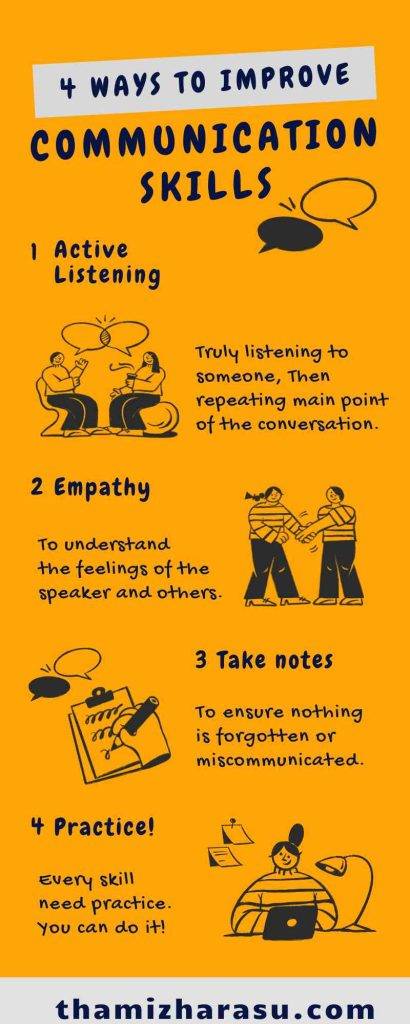Ways To Improve Communication Skills In The Workplace
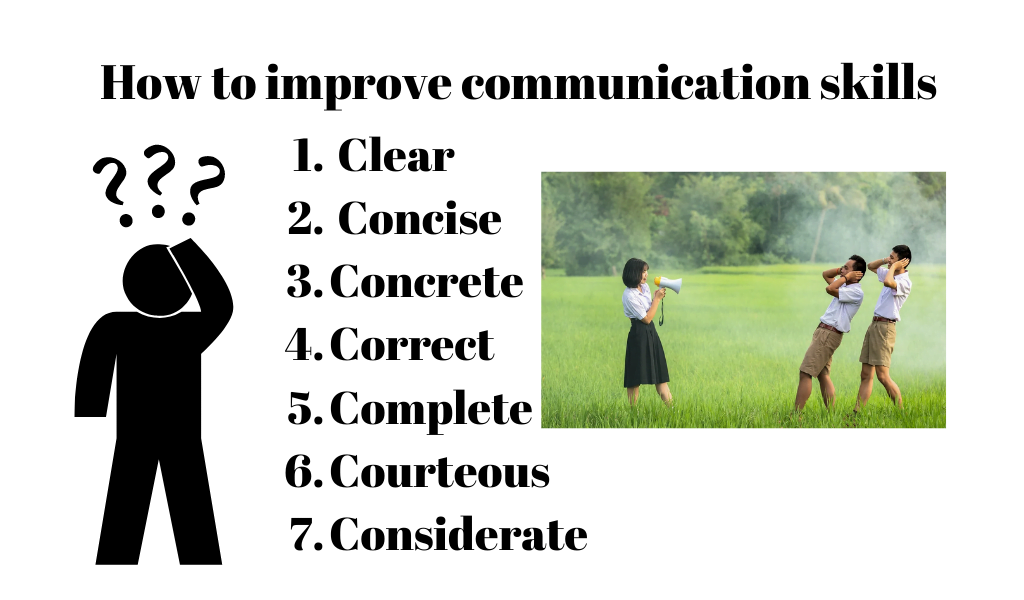
The midday sun streamed through the office window, illuminating a team huddled around a whiteboard. Pens danced across the surface, capturing a flurry of ideas, but beneath the surface, a subtle tension simmered. A misinterpreted comment, a missed deadline, a feeling of being unheard – these are the quiet disruptors that can erode productivity and morale in any workplace.
Effective communication is the bedrock of a thriving professional environment. By actively cultivating clear, empathetic, and open lines of communication, individuals and organizations can unlock enhanced collaboration, reduced conflict, and a more engaged and productive workforce.
Understanding the Communication Landscape
Poor communication can manifest in various ways, from unclear emails to ineffective meetings and a general lack of transparency. According to a 2023 report by *Gallup*, only 41% of employees strongly agree that they know what their company stands for and what makes it different from its competitors. This highlights a significant gap in internal communication strategies.
The rise of remote and hybrid work models has further complicated the communication landscape. While offering flexibility, these arrangements can also lead to feelings of isolation and disconnect if not managed effectively.
Strategies for Improvement
Active Listening: The Foundation of Connection
Truly hearing what someone is saying, rather than just waiting for your turn to speak, is crucial. Active listening involves paying attention, making eye contact, asking clarifying questions, and providing verbal and non-verbal feedback.
Paraphrasing the speaker's message back to them demonstrates understanding and ensures alignment. This technique can prevent misunderstandings and foster a sense of being valued.
Clarity and Conciseness in Written Communication
In the age of email overload, brevity and clarity are paramount. Use clear and concise language, avoiding jargon and ambiguity.
Before sending an email or message, take a moment to proofread and consider the recipient's perspective. Are you conveying your message in a way that is easy to understand and avoids potential misinterpretations?
Embracing Non-Verbal Communication
Body language plays a significant role in communication. Maintaining good eye contact, using appropriate facial expressions, and adopting an open posture can enhance your message and build rapport.
Being aware of your own non-verbal cues and how they might be perceived is equally important. A closed-off posture or distracted demeanor can send a message of disinterest or disapproval, even if your words are positive.
Regular Feedback and Constructive Criticism
Providing regular feedback, both positive and constructive, is essential for growth and development. Frame criticism in a way that is specific, actionable, and focused on behavior, rather than personality.
Create a culture where feedback is valued and seen as an opportunity for improvement. Encourage open dialogue and create a safe space for employees to share their perspectives. The *Society for Human Resource Management (SHRM)* emphasizes the importance of regular performance reviews, but also advocates for continuous feedback throughout the year.
Utilizing Technology Effectively
A plethora of communication tools are available, from instant messaging platforms to video conferencing software. Choosing the right tool for the task at hand is crucial.
Establish clear guidelines for using these tools effectively. For example, encourage the use of video conferencing for important discussions to foster a sense of connection and allow for non-verbal cues to be observed.
"Technology can facilitate communication, but it's the human element that truly drives connection,"according to Dr. Sarah Miller, a leading communication expert.
Building a Culture of Open Communication
Ultimately, improving communication skills requires a commitment from both individuals and organizations. Leaders must model effective communication practices and create a culture where open dialogue is encouraged and valued.
By investing in communication training, providing opportunities for team building, and fostering a sense of psychological safety, organizations can create a workplace where everyone feels heard, understood, and empowered to contribute their best work. This, in turn, fosters a more engaged, productive, and collaborative work environment.

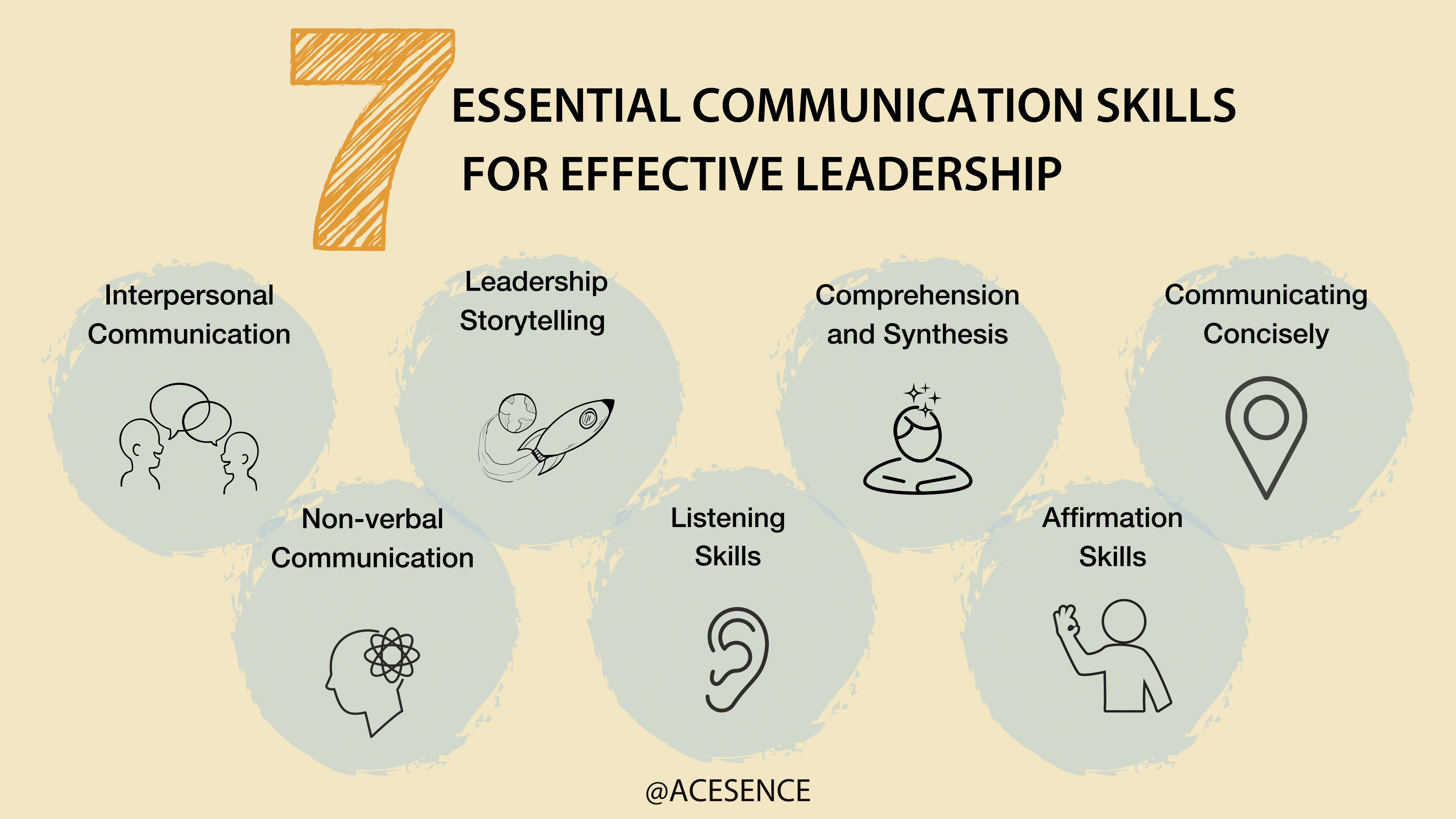
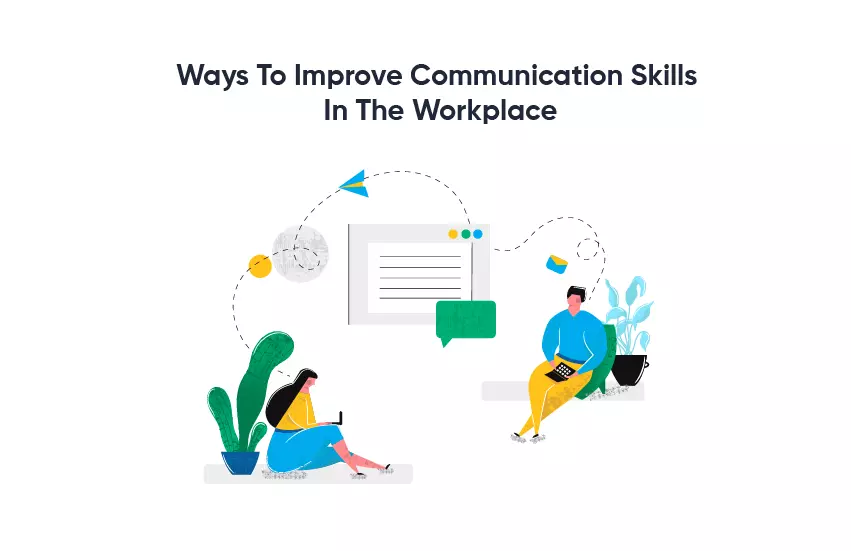

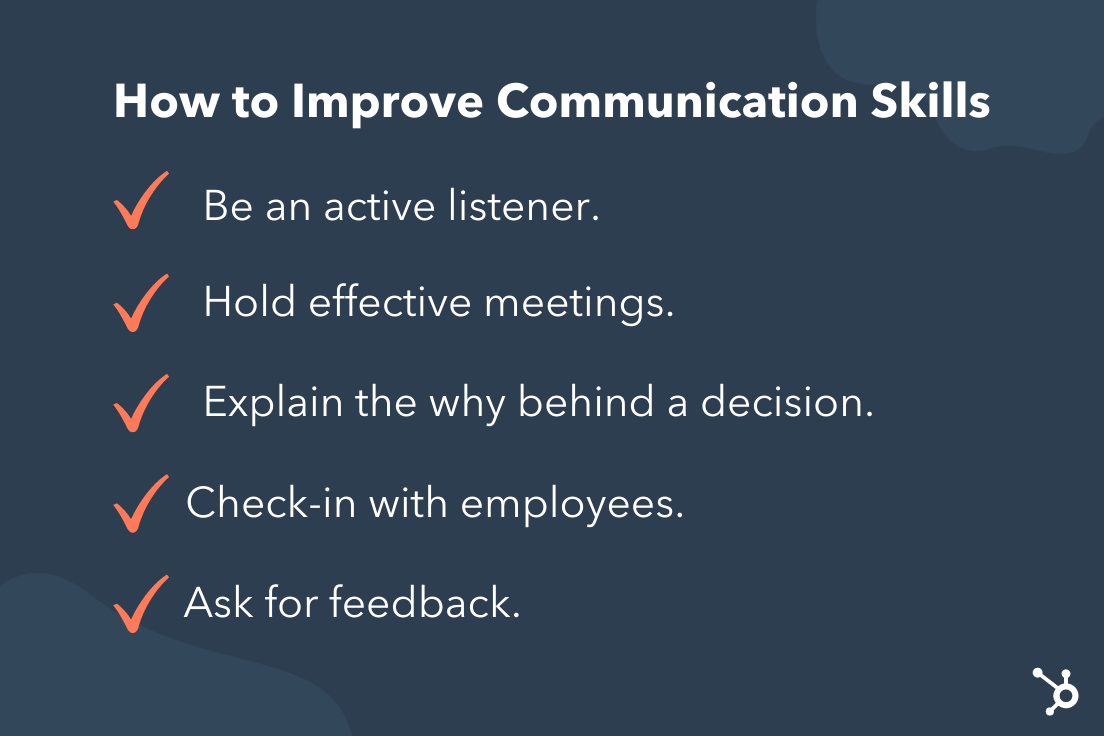



:max_bytes(150000):strip_icc()/communication-skills-list-2063779_FINAL1-5b60d4a9c9e77c00251d3de9.png)



